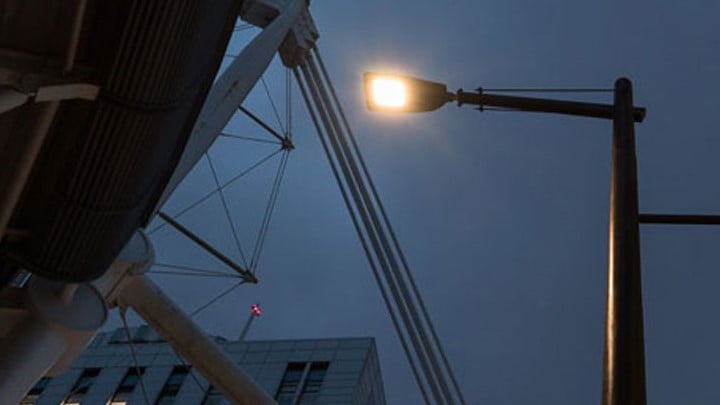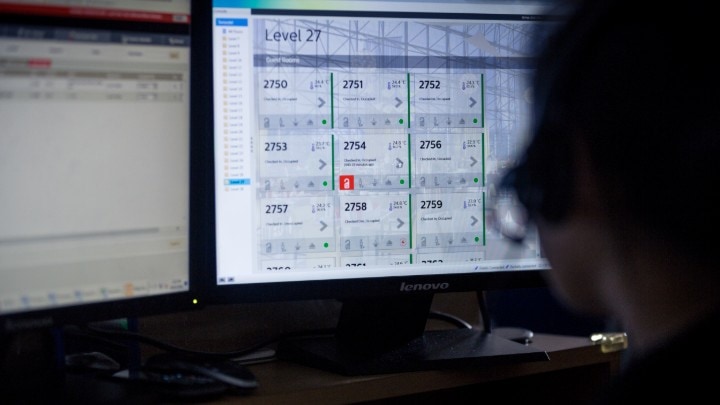As lighting systems evolve into the digital age, we need to start considering quality of light in terms of how the lighting in question helps fulfill a variety of goals beyond basic, as important as that is.
Take human-centric lighting, which deploys light to maximize human vision, performance, and well-being – and sees in connected lighting a precise and supple instrument for achieving its goals. In a human-centric lighting regime, using light to reinforce hospital patients' circadian rhythms and lull them towards rehabilitative sleep might well be just as important as generating and maintaining a target level of light output.
When connected lighting serves as an IoT pillar, meanwhile, the idea of quality of light expands beyond measurements presented in standard photometric reports. How well does the lighting system communicate with the connected devices that it serves as a platform for? How fast does the system work? Here, just as in the case of human-centric lighting, quality involves value that goes beyond lighting's traditional role as a source of illumination.
Consider the quality of your lighting solution against the following new goal-oriented metrics as well as according to the established physical standards.
Uptime and reliability: Lighting's role as an essential component of the infrastructure of a home, workplace, or urban environment hasn't changed. But today's connected lighting has characteristics that are more like those of a computer network. LED lighting, which is inherently digital and therefore the foundation of a connected lighting system, is much more reliable and long-lasting than conventional lighting, at least from an illumination perspective. Failures in connected lighting systems tend to have more to do with programming and networking issues than with the light sources themselves.
However, one of the great advantages of a connected lighting solution is the ability to perform preventative maintenance and identify failures immediately. Connected luminaires and the sensors integrated into them can send automated failure and event notifications with a rich set of data about the type and location of the failure, as well as the details on the equipment involved and what might be needed to resolve the problem. Such notification schemes can reduce response and repair time by an order of magnitude.
Extensibility: A high-quality connected lighting solution has potential beyond what you can see in it on day one of its rollout. It should serve as a platform for IoT applications that haven't even been conceived yet, and it should be able to interface with management servers and personal controls that will evolve over time.
Customization: One great potential advantage of a connected lighting system is its programmability. Software dashboards and light show creation applications can program light to support changing tasks, audiences, and atmospheres. But the lighting itself must be able to respond to sophisticated lighting recipes. If lighting isn't flexible enough to provide multiple looks across an open-plan office or to highlight significantly different types of merchandise in a store, it has room to improve: to rise to a new level of light quality, so to speak.
Similarly, if lighting recipes and luminaires offer only a narrow range of configurable factors, you're looking at a lower-quality set-up. As a simple example, recipes to improve visual acuity that can deploy color temperature changes, and not just variable intensity changes, could be considered of higher quality.
Data and communications: The quality of the data that a connected lighting solution offers could be just as important as its capacity to illuminate. Keeping a city street lit with a lamppost is crucial. But so is the city manager's capacity to collect pollution data through the sensors that that lamppost contains – data that could help drive an improvement in local air quality, and thus in long-term local health. Quality of light here overlaps with quality of life.
In addition, consider how easy it is to communicate with each component of the solution. The more options you have to communicate with those components via Ethernet, Bluetooth, near-field communications (NFC), or other methods, the easier you'll find it to configure and maintain your lights at optimum quality.
Better communication can also lead to more flexibility and more safety, since you'll be able to reconfigure devices without their being under full power. And you'll save money, because luminaires that are sufficiently connected don't have to be pulled from service to undergo modification – thus saving you downtime.




